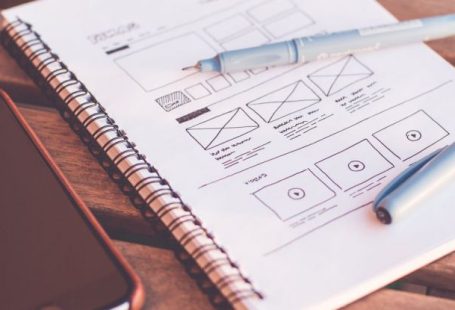Creating inclusive design is essential to ensure that everyone, regardless of their abilities, can access and use digital products and services. When it comes to designing for accessibility, it is crucial to consider the diverse needs of users to provide an inclusive experience. By following some key tips and best practices, designers can make their products more accessible and user-friendly for all individuals.
Understanding Accessibility
Accessibility in design refers to the practice of creating products and services that can be used by as many people as possible, including those with disabilities. This involves considering various factors such as visual, auditory, physical, and cognitive impairments that may impact how users interact with digital content. Designing for accessibility is not only a legal requirement in many countries but also a moral imperative to ensure equal access to information and services for all individuals.
Color Contrast and Text Legibility
One crucial aspect of designing for accessibility is ensuring proper color contrast and text legibility. Many users may have visual impairments that make it difficult to distinguish between different colors or read small text. To address this, designers should use high-contrast color combinations for text and background to improve readability. Additionally, using clear and easy-to-read fonts with an appropriate size can also enhance the overall legibility of the content.
Alternative Text for Images
Another important consideration in accessibility design is providing alternative text for images. For users who are visually impaired or using screen readers, descriptive alt text can provide context and information about the content of an image. Designers should make it a priority to include alt text for all images used on a website or application to ensure that everyone can access and understand the visual content.
Keyboard Accessibility
Keyboard accessibility is a fundamental aspect of inclusive design that allows users to navigate through a website or application using only the keyboard. This is particularly important for individuals with motor disabilities who may have difficulty using a mouse or touchpad. Designers should ensure that all interactive elements on a webpage are accessible via keyboard navigation, with clear focus indicators to help users understand their current location on the page.
Semantic HTML Markup
Using semantic HTML markup is essential for creating accessible and well-structured content on the web. Semantic elements such as headings, lists, and landmarks help screen readers and other assistive technologies interpret the content correctly. Designers should follow best practices for HTML markup to ensure that the structure of the page is logical and meaningful for all users, regardless of their abilities.
Video and Audio Accessibility
When including multimedia content such as videos or audio on a website, designers should consider accessibility features to make them usable for all users. Providing captions or transcripts for videos can help individuals who are deaf or hard of hearing understand the content. Similarly, offering audio descriptions for visually impaired users can enhance their experience when consuming multimedia content.
Testing with Real Users
One of the most effective ways to ensure accessibility in design is to test products with real users who have disabilities. User testing can provide valuable insights into how individuals with diverse needs interact with a digital product and identify potential barriers to access. By involving users with disabilities in the design process, designers can gain a better understanding of their needs and preferences, leading to more inclusive and user-friendly products.
Conclusion: Embracing Inclusive Design
Designing for accessibility is a continuous process that requires a proactive approach to ensure that digital products and services are usable by everyone. By following these tips and best practices, designers can create more inclusive and accessible experiences for all users. Embracing inclusive design not only benefits individuals with disabilities but also enhances the overall usability and user experience of a product. As designers, it is our responsibility to prioritize accessibility and strive to make the digital world more inclusive for everyone.





